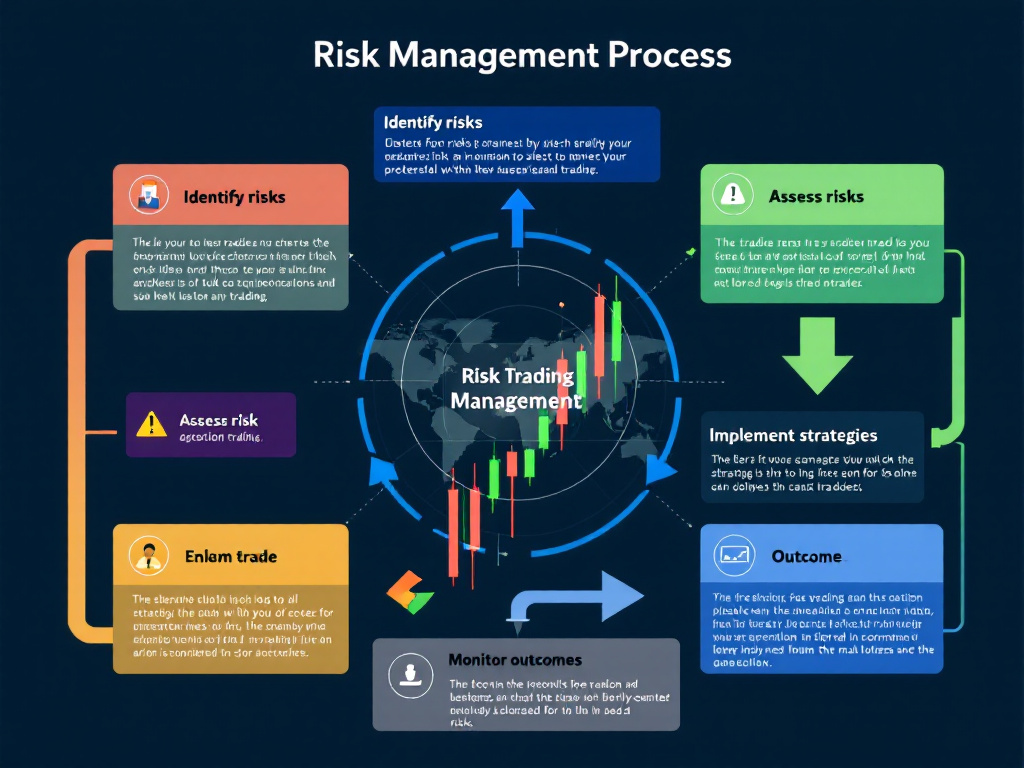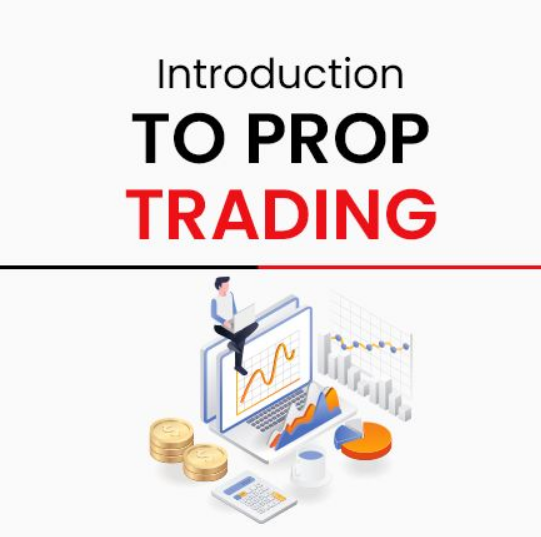Introduction to Automated Backtesting Tools in Prop Trading
The world of proprietary trading demands precision, speed, and adaptability. In today’s competitive market, automated backtesting tools are an essential component for traders looking to refine their strategies with data-driven insights. This guide delves deep into how these tools can empower prop traders by streamlining testing processes, reducing risks, and ultimately enhancing profitability.
The Role of Automated Backtesting Tools in Prop Trading
Automated backtesting allows traders to simulate trading strategies using historical data. This testing phase is vital for:
- Validating trading hypotheses
- Optimizing algorithms
- Identifying potential pitfalls before live deployment
Understanding the Technology
Modern backtesting software integrates with algorithmic trading platforms to run tests efficiently. Not only do these tools help in confirming the viability of a strategy, but they also provide valuable metrics such as drawdowns, risk-adjusted returns, and optimal trade entry/exit points.

Benefits of Automated Backtesting for Prop Traders
Prop trading firms and individual traders benefit significantly from automated backtesting tools. Here are some key advantages:
- Accurate Strategy Validation: Test ideas quickly and efficiently without risking capital.
- Optimization: Fine-tune algorithms to achieve better performance in real-world scenarios.
- Risk Management: Identify vulnerabilities in trading strategies and mitigate potential losses.
- Time Efficiency: Automate repetitive tasks, freeing up time to focus on market analysis and strategy development.
These tools leverage sophisticated analytics to ensure that trading strategies are not only theoretically sound but also practical when deployed in fast-moving market conditions.
Choosing the Right Automated Backtesting Tool
When selecting a backtesting tool, consider the following factors:
- Ease of Use: Ensure the interface is user-friendly for both beginners and advanced traders.
- Affordability: Cost-effective solutions that do not compromise on functionality.
- Feature Set: Look for advanced analytics, customizable simulations, and comprehensive reporting features.
- Integration: The tool should seamlessly integrate with other trading platforms and data providers.
Comparison Table of Popular Tools
| Tool | Price | Key Features | Ease of Use | Prop Trading Suitability |
|---|---|---|---|---|
| Tool A | $$ | Advanced analytics, real-time data | High | Excellent |
| Tool B | $$$ | Customizable backtests, automation | Moderate | Very Good |
| Tool C | $ | User-friendly interface, affordability | Very High | Good |
These tools represent some of the best options available, ensuring traders have access to robust, user-friendly, and cost-effective solutions for strategy testing. For a deeper dive into prop trading strategies, you might consider reading our article on advanced proprietary trading strategies and another piece on advanced trading analytics for prop firms.
Real-World Applications and Case Studies
Many successful prop traders attribute their success to integrating automated backtesting into their decision-making process. By simulating multiple market scenarios, traders can better understand potential outcomes before committing real capital. Case studies reveal that tools with advanced analytics and algorithmic adaptability often outperform traditional manual backtesting methods.
Case Study: A Prop Firm’s Success Story
A leading prop trading firm recently integrated an automated backtesting system into its workflow. The firm was initially using multiple disjointed tools, which resulted in inefficiencies and delayed trade execution. By migrating to a unified platform that offered comprehensive backtesting capabilities, the firm was able to optimize its algorithms, leading to a 25% increase in profitable trades within the first quarter. This success story underscores the importance of utilizing the right backtesting tool for efficient and effective strategy validation.
Actionable Tips & Best Practices
To maximize the benefits of automated backtesting in prop trading, consider these actionable tips:
- Define Clear Objectives: Establish what you want to achieve with backtesting. Whether it’s strategy validation or optimization, having clear goals helps tailor the tool’s use.
- Use High-Quality Data: The accuracy of your backtests depends on the quality of historical data. Ensure you source reliable and comprehensive data sets.
- Test Across Different Scenarios: Simulate various market conditions, from bullish trends to volatile downturns, to ensure your strategy is robust.
- Iterate and Optimize: Use the feedback from your initial tests to continuously refine and improve your trading algorithms.
- Maintain a Trade Journal: Document changes and results from your backtesting sessions to track what works and what needs improvement.

Implementation Checklist for Prop Traders
Before integrating automated backtesting tools into your prop trading setup, use this checklist to ensure you cover all bases:
- Data Verification: Confirm the reliability of your data sources.
- Tool Compatibility: Verify that the backtesting software integrates with your current trading platforms.
- Performance Metrics: Determine which performance metrics are most relevant to your strategies.
- User Training: Ensure that all team members understand how to use the tool effectively.
- Regular Reviews: Schedule periodic reviews of your backtesting parameters to incorporate market changes and new trading insights.
Common FAQs and How to Get Started
Prop traders often have questions when evaluating automated backtesting tools. Below are some of the most common queries and their answers:
Frequently Asked Questions
1. What are automated backtesting tools in prop trading?
Automated backtesting tools are software solutions that simulate trading strategies using historical data, helping prop traders validate and refine their approaches before live execution.
2. How do I choose the best automated backtesting tool for my trading strategy?
Consider factors such as data quality, ease of use, integration capabilities, affordability, and the comprehensiveness of the analytics. Look for tools that offer customizable features and robust reporting.
3. Are these tools suitable for both beginners and advanced traders?
Yes, many automated backtesting systems are designed with user-friendly interfaces while still offering advanced features. Beginners can learn the basics while experienced traders can utilize in-depth analytics for optimizing strategies.
4. How do automated backtesting tools improve trading performance?
By enabling extensive simulation across various market conditions, these tools help traders identify and eliminate weaknesses in a strategy, resulting in improved decision-making and reduced risk.
5. What key features should I look for in automated backtesting software?
Key features include advanced analytics, real-time data integration, customizable simulation parameters, detailed performance metrics, and seamless platform integration.
Conclusion: Empower Your Prop Trading with Data-Driven Decisions
Automated backtesting tools are not just about testing strategies; they are about empowering prop traders to make data-driven decisions. By leveraging these systems, you can validate ideas with precision, optimize your algorithms, and ultimately enhance your trading performance.
If you’re ready to take your prop trading strategies to the next level, explore our other detailed guides on proprietary trading strategies and advanced trading analytics. Don’t hesitate to reach out for a personalized demo or download our free checklist on automated backtesting essentials for prop traders. Start mastering your trades today!







